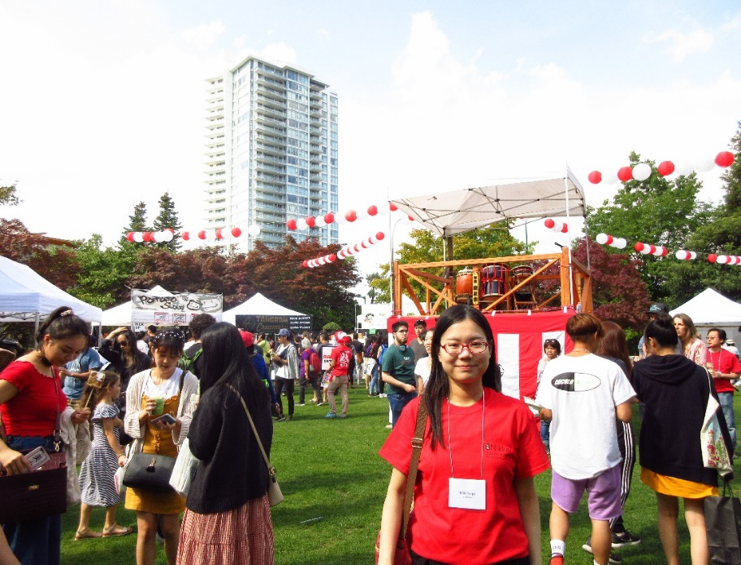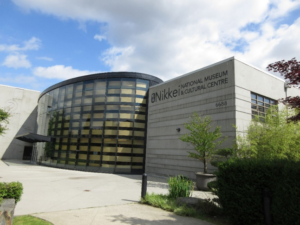JICUF Grantee Highlight: Mikiko Saigo – Teaching Japanese as a Foreign/Heritage Language in Canada

Earlier this year, fourth year language education major Mikiko Saigo was awarded ¥188,000 via the JICUF Student Travel Fund to conduct her research project “Teaching Japanese as a Foreign/Heritage Language in Canada: Ethnography and Interviews to Reconsider the Approaches.” By studying Japanese language education in Canada, she wanted to observe the differences between Japanese as a foreign language (JFL) students and Japanese as a heritage language (JHL) students. JFL learners do not have Japanese-language background before they start studying, while JHL learners have a native Japanese speaker(s) in their family. Mikiko traveled to Canada from June to September, and the JICUF grant covered her airfare.
In order to gain a first-hand understanding of Japanese language-education in Canada, she worked as a teaching assistant at two Japanese language schools in Vancouver, which both offer JHL classes from preschool to high school students and JFL classes from preschool to Grade 3 students. In addition, she assisted with cultural events at the Nikkei National Museum and Cultural Centre (Nikkei Centre), one of the biggest Japanese community centers in Vancouver.

Through her time at the schools, she learned that Canadian JFL students have more difficulties with language exposure and access. Usually the only exposure to Japanese that JFL students have is the two hours they are in class, and even then English is often necessary to properly communicate. High school and older JFL students find that there is a lack of foundational classes that meet their age range, and that university courses that are more age-appropriate often end up being too intensive.
On the other hand, she found that JHL students often struggle with maintaining a balance between their Japanese classes and regular school. Although JHL students have the benefit of a cultural connection to the language and an ability to understand class material almost exclusively in Japanese, JHL courses are more work-intensive and the problem is further exacerbated as the students get older.
Although she saw many difficulties in both courses, Mikiko believes that the powerful interconnectedness of the internet can alleviate some of the problems. She met with both JFL and JHL students who consume Japanese media via the internet, fueling their interest in learning the language and giving them a tangible and entertaining cultural connection to Japan. She believes that instructors and students alike can use online resources to promote motivation and enthusiasm in the classroom. In addition, she believes that online courses can alleviate some of the problems with accessibility for JFL students.
Mikiko plans to present her research findings in the winter term at a gathering at the ICU Hub-hosted Language Tables, where ICU’s regular and exchange students get together to practice language skills. ICU Hub is a student group that aims to bring together 4-year students and exchange students at ICU. In the presentation she will talk about how students in Canada were studying Japanese and will have the audience compare and contrast her findings with Japanese language education in their countries, including within Japan. She believes that for her fellow language learners this will be an interesting topic and will be a good opportunity to understand Japanese language education in a more global context.



